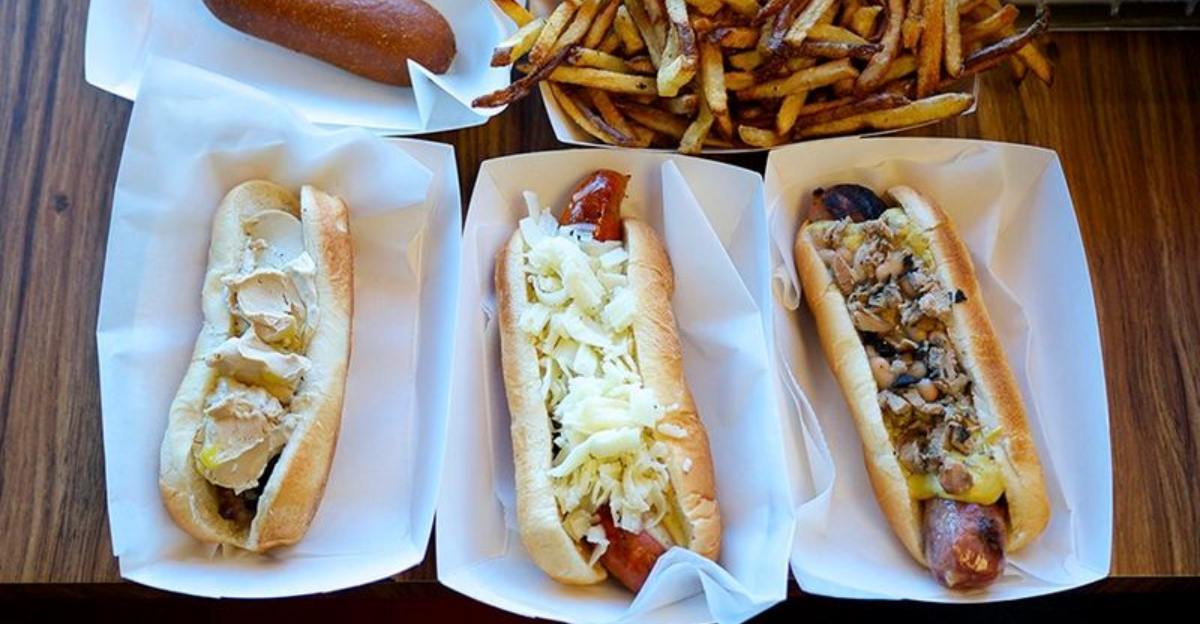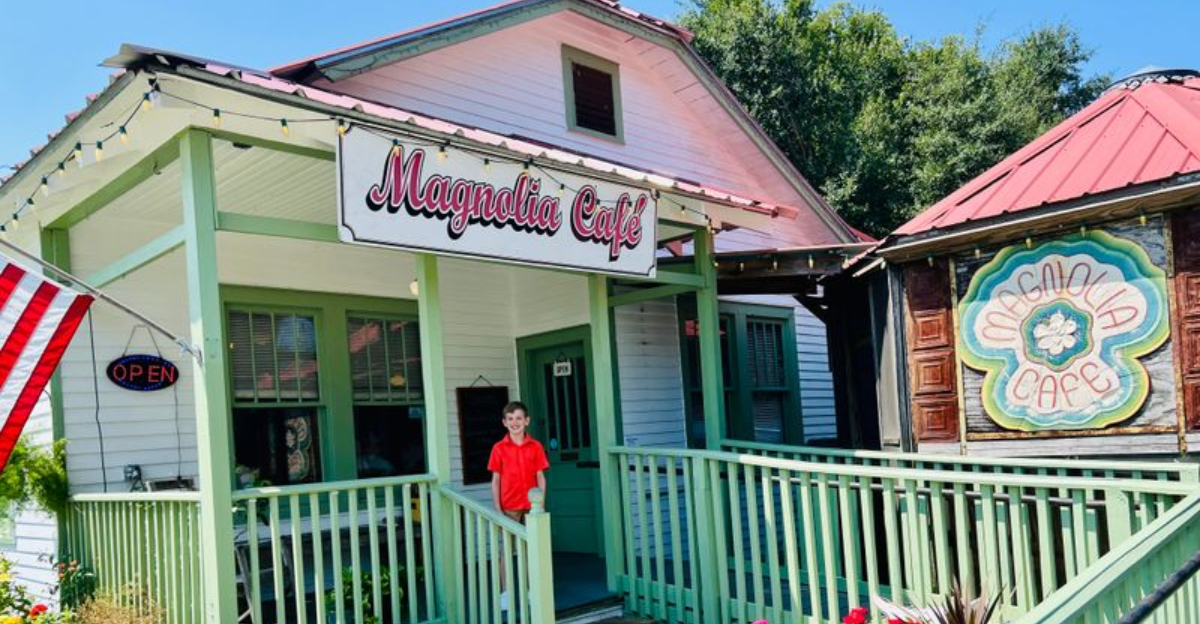Your Complete Guide To Picking The Best Mānuka Honey Every Time
Mānuka honey isn’t just another sweet treat on your pantry shelf.
This golden powerhouse from New Zealand comes packed with unique properties that set it apart from ordinary honey, but choosing the real deal can feel like solving a puzzle.
With so many jars claiming to be authentic, how do you separate the superstars from the imposters? Armed with the right knowledge, you’ll become a Mānuka honey detective in no time!
Information provided here is for general educational and informational purposes only and reflects publicly available standards for Mānuka honey certification at the time of review. It is not intended as medical or professional advice. Product potency, pricing, and labeling practices may vary by producer. Always verify authenticity through official UMF or MPI-recognized documentation before purchasing.
1. Look For The UMF Quality Mark On The Label
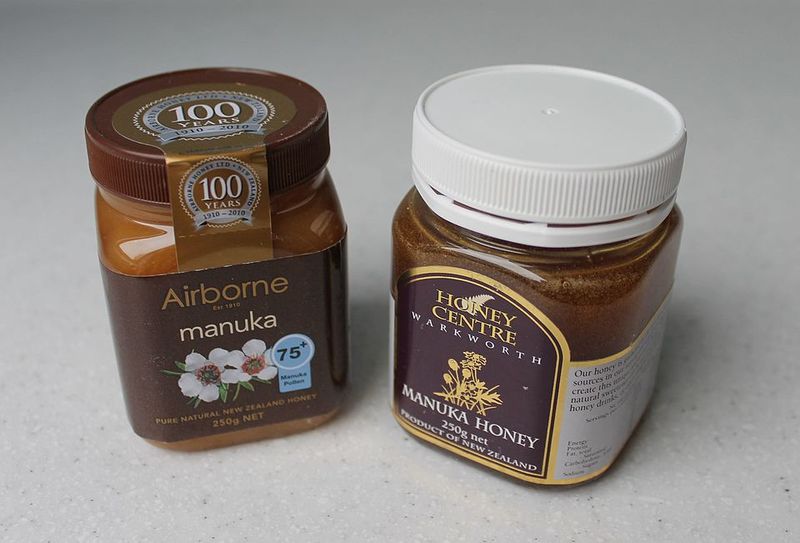
Think of the UMF mark as your golden ticket to authenticity. UMF stands for Unique Mānuka Factor, and it’s like a superhero badge that only the real heroes get to wear. This certification comes from the UMF Honey Association in New Zealand, which tests every batch to ensure it meets strict quality standards.
Without this mark, you might be buying honey that’s more talk than walk. The UMF trademark guarantees that independent labs have verified the honey’s purity and potency. It’s basically your insurance policy against fake or diluted products.
When you spot that UMF logo, you know you’re holding something legitimate. Just saying, it’s the easiest way to avoid wasting money on pretenders!
2. Verify If It Says Monofloral Versus Multifloral
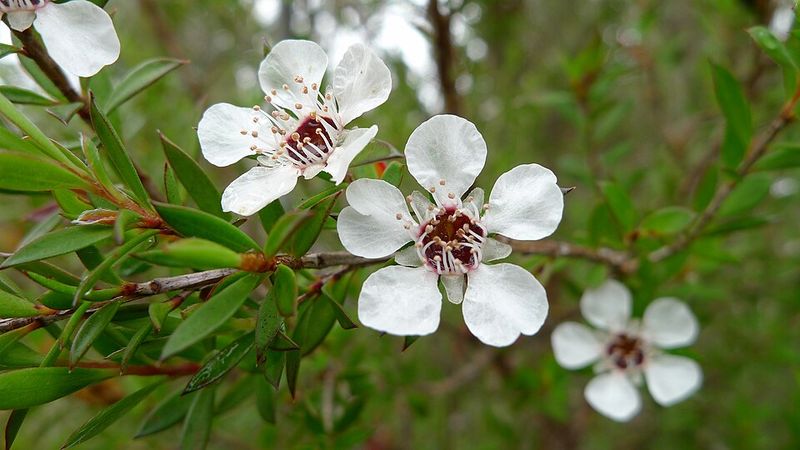
Monofloral Mānuka honey comes primarily from the nectar of Mānuka flowers, making it the VIP version with the highest therapeutic properties. Bees collected nectar almost exclusively from those special Mānuka bushes, which is why it commands premium prices. Think of it as the difference between a solo concert and a festival lineup.
Multifloral honey contains Mānuka nectar mixed with other flower types. It’s still good honey, just not as potent or pure. Though it costs less, it won’t deliver the same powerful benefits you’re probably seeking.
Always check the label carefully! Monofloral is your go-to for maximum Mānuka magic, while multifloral works fine for general sweetening purposes.
3. Confirm New Zealand Origin And Compliance With NZ Standards
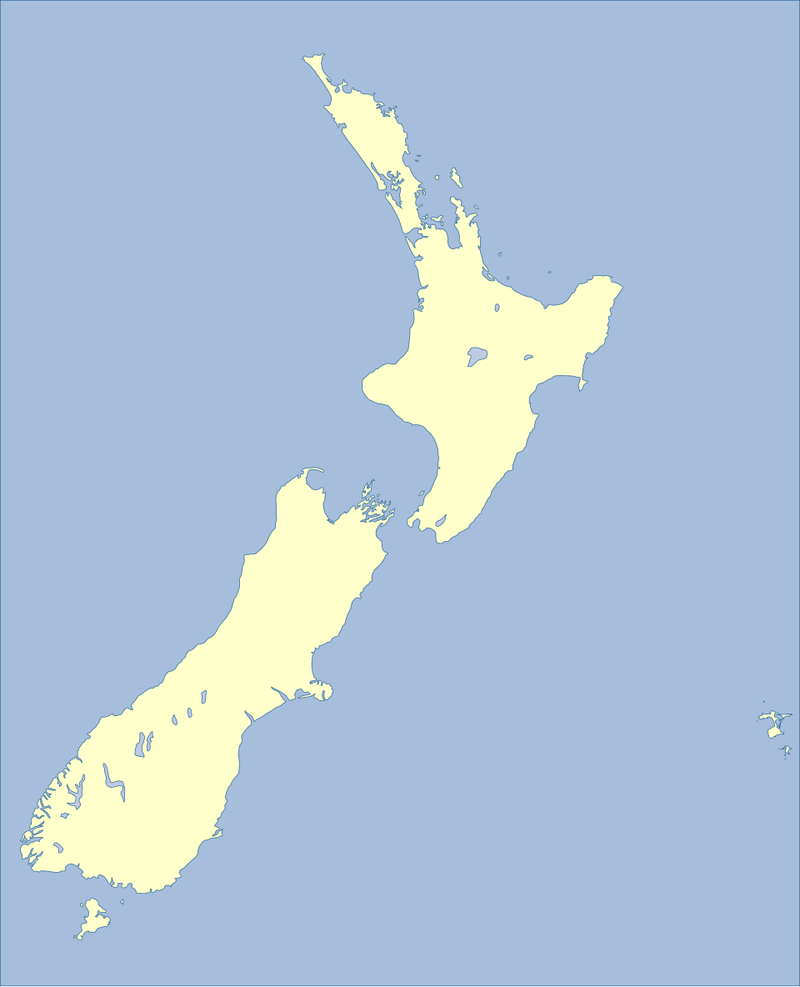
Geography matters when you’re hunting for authentic Mānuka honey. True Mānuka honey only comes from New Zealand, where the native Mānuka bush (Leptospermum scoparium) grows wild and free. If the label says it’s from anywhere else, alarm bells should ring louder than a fire drill.
New Zealand has established rigorous standards to protect this national treasure from copycats and fraudsters. The government’s Ministry for Primary Industries enforces strict testing requirements that ensure what’s inside matches what’s promised outside. It’s like having a bouncer at an exclusive club.
Always scan for phrases like “Product of New Zealand” or “Made in New Zealand.” Your wallet and your wellness deserve nothing less than the genuine Kiwi original!
4. Search For Traceability Features Like Batch Numbers Or QR Codes

Ever wanted to play detective with your honey jar? Traceability features let you track your honey’s journey from hive to home. Many premium brands now include batch numbers or QR codes you can scan with your smartphone to access detailed information about harvest dates, testing results, and origin.
This transparency isn’t just cool technology, it’s proof that the company has nothing to hide. Scanning that QR code might reveal lab certificates, beekeeper details, and even the specific region where your honey was harvested. Talk about next-level accountability!
If a brand offers traceability, they’re basically saying, “We’re so confident in our product, we’ll show you everything.” That confidence should boost yours too when making your purchase decision.
5. Compare Price Points As Indicators Of Quality And Authenticity

If a deal seems too sweet to be true, it probably is. Genuine Mānuka honey requires specific conditions, limited geographic regions, and extensive testing, all of which drive up production costs. A suspiciously cheap jar likely means something’s not quite right, whether it’s diluted, fake, or mislabeled.
Premium Mānuka honey typically costs significantly more than regular honey, sometimes three to ten times as much depending on the UMF or MGO rating. However, you’re paying for verified quality, therapeutic properties, and genuine New Zealand origin. Consider it an investment in your wellness.
That said, the most expensive option isn’t automatically the best. Balance price with the other factors we’ve covered, like certifications and traceability, to find your sweet spot!


